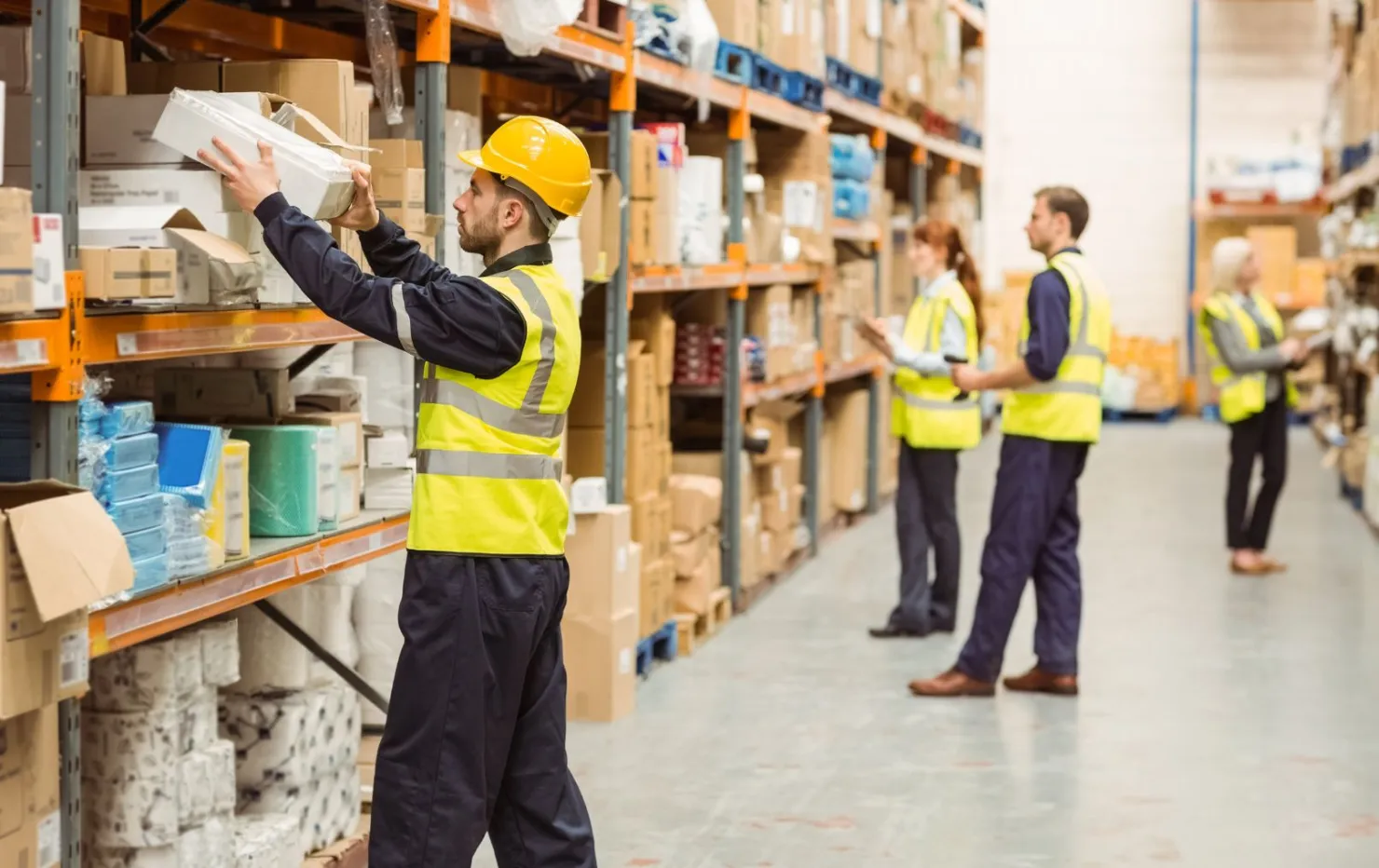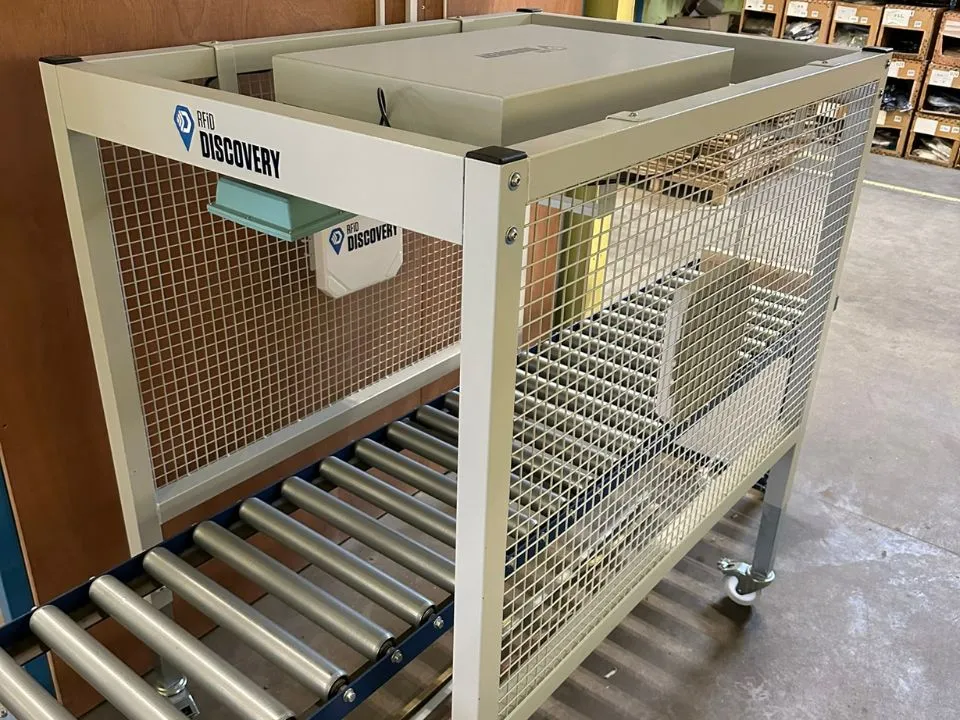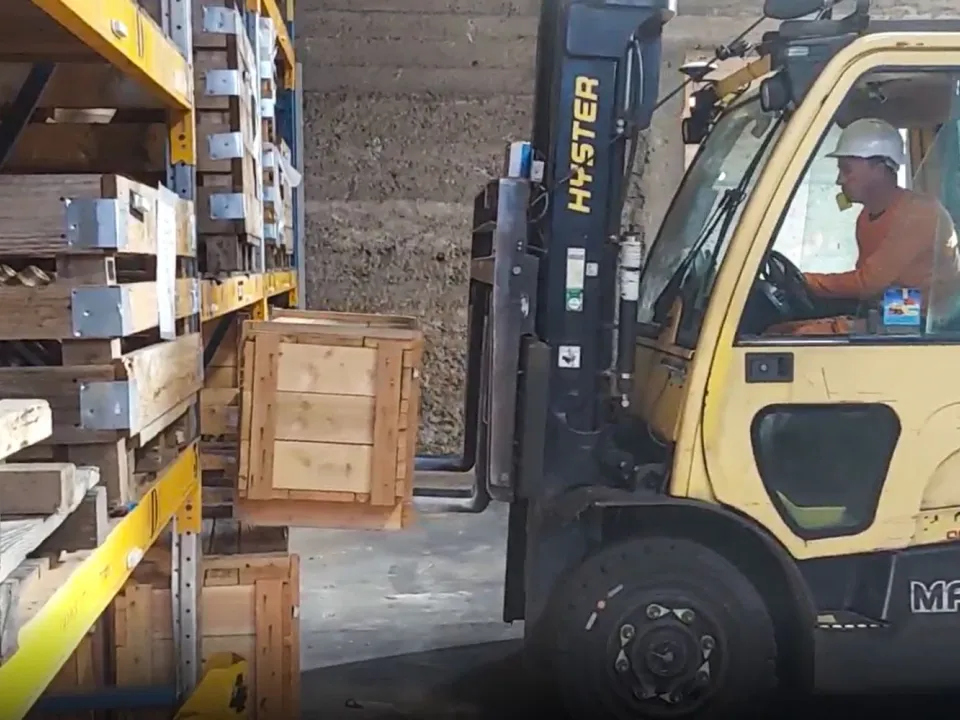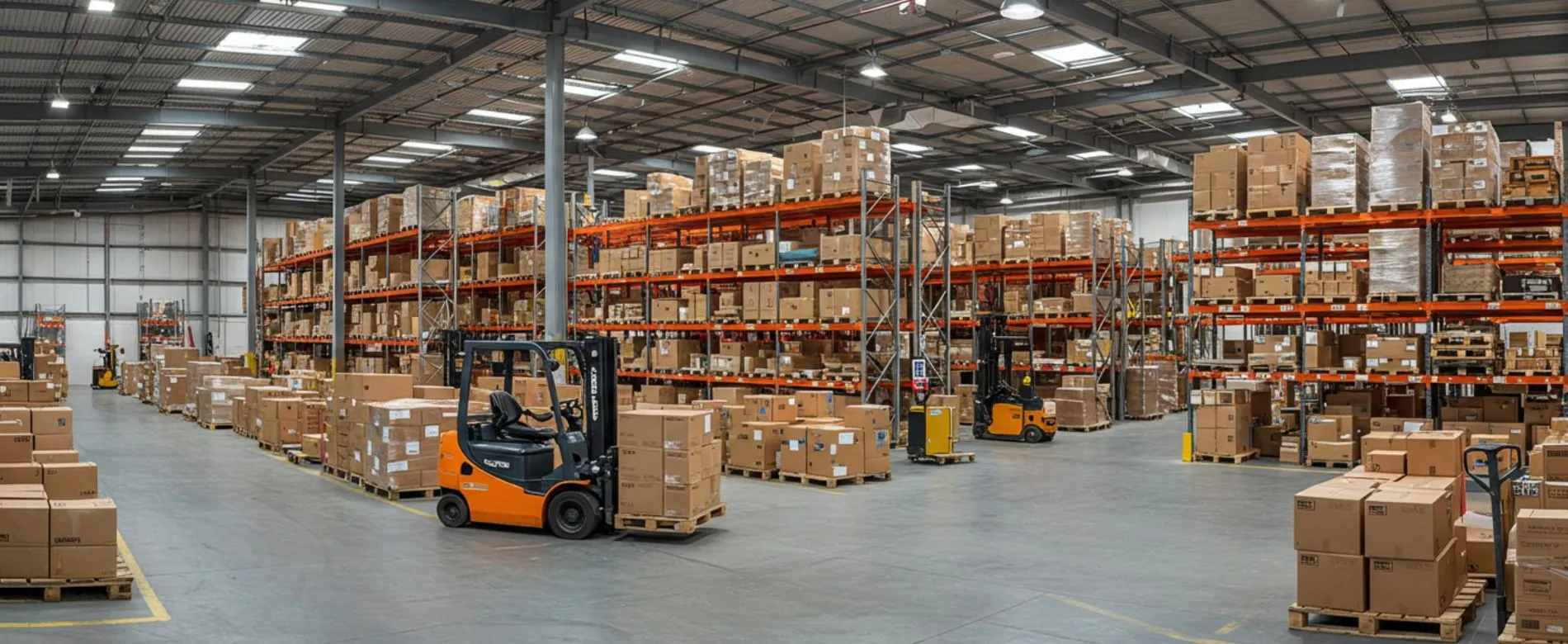Transforming logistics: how RFID strengthens supply chains through real-time visibility
Radio-frequency identification (RFID) is transforming logistics by providing real-time visibility across supply chains. Companies adopting RFID report dramatic gains in inventory accuracy, stock availability, and waste reduction. By automating data capture and enhancing transparency, RFID strengthens resilience, optimises operations, and enables businesses to meet growing customer and sustainability demands.
In today’s fast-moving and complex supply chains, real-time visibility of goods and assets has become a fundamental requirement. From manufacturing to distribution, organisations increasingly rely on accurate, up-to-date information to optimise flows, reduce waste and meet rising customer and sustainability expectations. A GS1 UK study found that companies using Radio-frequency identification (RFID) improved their inventory accuracy from between 65 to 75% to as high as 93 to 99% [1]. This boost in accuracy directly enabled better sales outcomes and more efficient operations.
RFID is playing a growing role in logistics tracking by replacing manual processes with real-time, automated data capture. By improving transparency and responsiveness, RFID supports more efficient, resilient operations. Research show that RFID adoption can improve stock availability by over 45%, cut waste by over 40% and increase overall supply chain performance by more than a third (36.3%) [2].

RFID for real-time warehouse and yard tracking
Traditional barcode systems rely on manual scanning. This often leads to delays, data gaps and human error. With RFID-enabled tags, items can be tracked automatically - even when stored in bulk, stacked on pallets or moving through fast-paced environments.
RFID portals installed at key transition points, such as warehouse doors or yard gates, help logistics teams maintain accurate inventories and manage stock movement without interruption. These systems can process thousands of items in seconds, providing real-time insights across the supply chain. A notable example comes from Brook Taverner, a UK clothing company.
By implementing an RFID conveyor portal, the company cut the time needed from three hours of spot checks to under one hour for scanning and verifying all 25,000 garments in a typical shipment. The system processed over 20,000 items per hour and achieved near-total inventory accuracy. In one trial, it detected 22,144 out of 22,194 expected items in just 60 minutes - instantly flagging 38 missing items and 12 products without or with faulty RFID tags [3].

RFID for returnable transport items (RTIs)
Returnable transport items (RTIs) such as pallets, roll cages or crates are essential to many logistics operations but are often difficult to track. Losses and delays are common - and costly.
With RFID tagging, organisations can monitor RTIs across multiple sites, helping to prevent asset loss and reduce idle time. Greater traceability improves stock availability and helps avoid unnecessary reordering, leading to more efficient and sustainable supply chain management.
RFID visibility in outdoor and high-movement logistics
Yard operations present challenges. Outdoor storage areas, vehicle movements and temporary stock locations make manual oversight difficult. RFID systems, sometimes combined with GPS or other location technologies, provide real-time updates on asset location and movement, even in harsh or fast-changing environments.
Mobile solutions, such as RFID readers mounted on forklifts, extend visibility further - capturing data on the go without requiring costly fixed infrastructure. French metallurgy experts Aubert & Duval applied this solution to streamline the management of aerospace parts, resulting in a 75% reduction in forklift handling time, equivalent to three full-time employees (FTE). In addition, the time saved to locate the correct items was estimated to be equivalent to one further FTE. [4].

Enabling sustainability through smarter tracking
RFID doesn’t just improve the efficiency of operations – it helps companies reach their environmental goals too. Better visibility leads to more economic use of transport, storage and resources. Fewer empty trips, less idle time, and reduced waste all contribute to lower emissions.
In industries under pressure to reduce their carbon footprint, RFID supports data-driven sustainability, enabling a shift toward circular models and leaner operations. The UK RFID market itself is projected to more than double from $594.67 million in 2024 to $1.4 billion by 2032 [5], driven by the demand for automation and sustainability in logistics.
The future of logistics starts with visibility
As supply chains grow more complex, tools that offer clear, real-time insight are becoming essential. RFID provides a scalable, proven way to improve accuracy, accountability and flexibility at every stage of the logistics process.
RFID improves supply chain tracing and decision-making. It enables teams to respond quickly, operate sustainably and remain competitive.
Discover how RFID can deliver measurable gains in accuracy and sustainability, making it a proven solution for future-ready logistics. Contact us today.
Sources
[1] Measuring the impact: gs1_uk_the_impact_of_rfid_report.pdf
[2] A hierarchical model of the impact of RFID practices on retail supply chain performance: A hierarchical model of the impact of RFID practices on retail supply chain performance
[3] Clothing company Brook Taverner transforms goods-in processes with RFID portal: Clothing company Brook Taverner transforms goods-in processes with RFID portal | RFiD Discovery
[4] Specialist in upscale metallurgy Aubert & Duval revolutionises operations and efficiency with LiftTrak: Specialist in upscale metallurgy Aubert & Duval revolutionises operations and efficiency with LiftTrak | RFiD Discovery
[5] Credence Research: UK RFID Market: UK RFID Market Size, Share, Growth and Forecast 2032
It used to take us three hours to carry out manual spot checks on a typical shipment of up to 25,000 garments, inherently introducing potential errors. Now we can efficiently validate whether all expected items are present in less than one hour, savings us both time and money.

